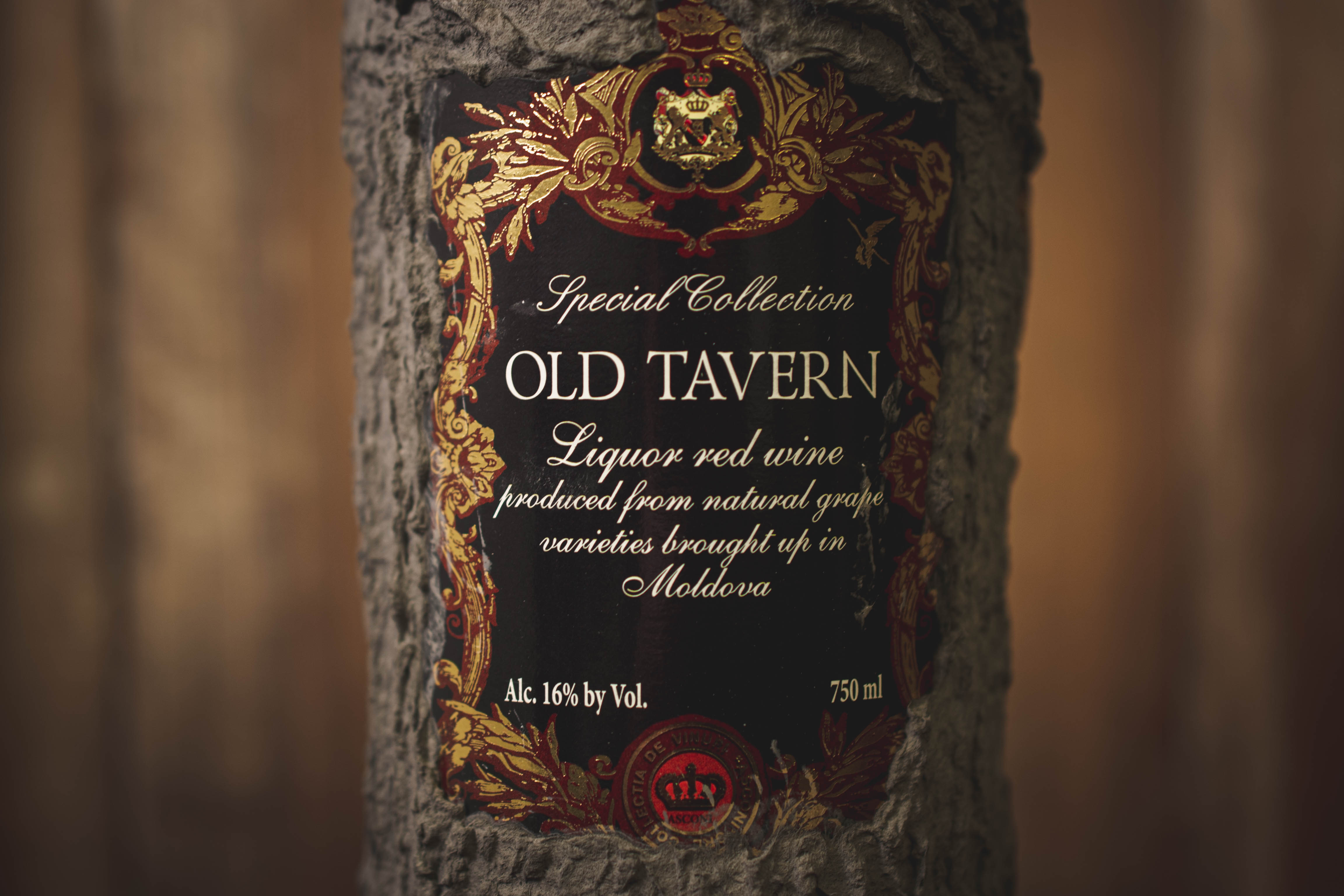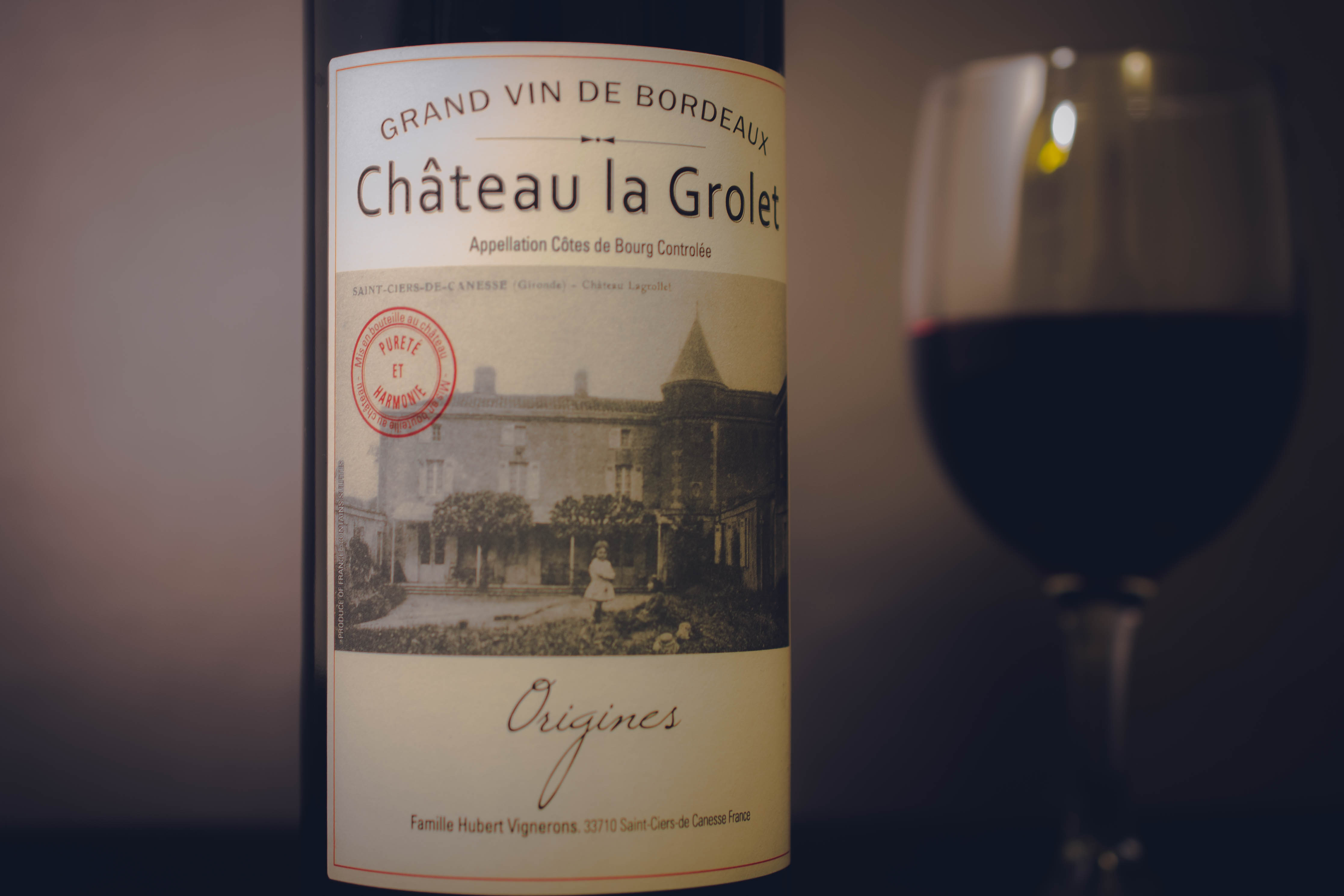Grape(s): “Cabernet Sauvignon, Merlot, and other varieties of red types of grapes”
Region: Codru, Moldova
Winery: Asconi
Style: At 16% alcohol, I suspect this was fortified in some way (yeast usually dies around 15%). It’s listed in several places as a dessert wine, though the label refers to it as a “liquor red wine.”
Tasting Notes: Weak structure, unbalanced, simple, low tannin, low acid, overly sweet, red fruit flavors.
Pairing Suggestions: Suitable for making Gluhwein or Sangria, but not really a wine that I felt could be improved by food.
TL/DR: “… it’s fucking terrible.”
I’d like to tell you this is the first time I’ve bought a bottle of wine that looks like a tree, but that would be a lie. A wiser man would have learned from the first experience, he would have remembered why it’s better to not drink wine from strange bottles. Hell, at the very least, a wiser man would have encouraged caution. I am not that man. Oh no! When I see that beat up van with missing hubcaps and the words “free wine” hastily painted down the side, I open the door, and climb right in. Regardless of how pretentious I may seem, sometimes I’m little more than a thirsty Philistine.
This free-spirited attitude usually works out in my favor, most of the strange wines I’ve encountered were positive experiences. I mean, it’s one of the reasons I started this blog. However, I recognize not everyone will agree with my opinions and I never want to make someone feel wrong for hating a wine I liked or liking a wine I didn’t. After all, society is a grand tapestry of clashing ideas, a beautiful mosaic of diverse perspectives that should be nurtured and cherished. That being said, this wine… it’s fucking terrible.
Okay, maybe that’s a little harsh and to be fair, I’m not the biggest fan of dessert reds. It’s the one style of wine popular in Eastern Europe that I’ve never been able to appreciate.
Made from “Cabernet Sauvignon, Merlot, and other varieties of red types of grapes” this “liquor red wine” comes to us from Asconi winery in the Codru region of Moldova. I guess I shouldn’t be surprised that one of the strangest wine bottles I’ve ever seen has some of the oddest descriptions.

There are two ways I assess quality. The first way is keeping in line with how I was trained, taste the wine, break down the structural components, look for complexity and diversity in flavor. Sweet wines require high levels of acidity to balance out the excess sugar, in this case the acidity was lacking, unbalancing the wine. It was sweet, but not refreshing. Think of it as the difference between drinking soda vs. soda syrup, one is light and refreshing the other not so much.
The second method is more straight-forward: did I enjoy it? I think I’ve made it pretty clear I didn’t, but to drive the point home I’ll tell you I have about 20 bottles sitting beside my couch, these are wines I’ve tasted and photographed that are waiting for me to write reviews on. Only one of those bottles has any wine left in it. In fact, there’s about 3/4 of a bottle left.
This less than stellar review might lead some to the conclusion that it’s best to avoid wines from Moldova, or Eastern Europe in general. Others might suggest that my experience is no different from any encounter with a sweet wine. I strongly disagree with both sentiments.
When someone tells me they don’t like sweet wine, I usually just assume they’re saying they don’t like cheap Moscato, which is a valid opinion. It’s usually awful for the same reasons I disliked this wine. If, however, you’re telling me you don’t like Sauternes, we probably can’t be friends. I mean, at that point what do you like? Well-done steak? Taylor Swift? The films of Uwe Boll? It’s probably better we just part ways amicably.
As far as Moldova, they make some amazing wines, this just happens to be one that didn’t impress me, and one bad experience will in no way dissuade me from trying more in the future. At least this was fun to photograph.

















